For the first time, a lacquerware featuring woven ivory was discovered in China. Dating back to the Wei and Jin dynasties (220-420), the artifact was unearthed from a family cemetery in Luoyang, Central China's Henan Province, according to a report by the Xinhua News Agency, citing sources from the Luoyang Municipal Institute of Archaeology.
This woven ivory-lacquer piece appears to have been made by splitting ivory into thin sheets and weaving them together, using lacquer as the base, according to Liu Bin, an associate researcher at the institute.
While the exact purpose of the artifact remains unclear, there is no doubt that it's a high-quality craft of that era, Liu added.
According to Liu, historical records mention the workmanship of weaving ivory into mats, but the specific production process of the art remains a mystery.
In addition, more than 200 other artifacts were unearthed at the site, including pottery, porcelain, bronze, bone, jade, gold items and coins, which provided new materials for studying burial customs during the Wei-Jin period.
Both lacquerware and ivory serve as symbols of social status, a fact that reveals the tomb owner may have belonged to an extraordinarily affluent family.
The high social status of the tomb owner can also be observed from the structure of the tombs.
According to Liu, the tomb cluster slopes down in layers and is believed to have been designed delicately, suggesting the presence of a prestigious family back then.
The M1 tomb, which is the most finely constructed among them all, consists of a long tomb passage, paved paths, brick and stone doors and chambers. With 12 pillar holes on each side of the 40-meter-long main passage, the tomb presents seven steps inside, making the overall depth of the underground tomb reach 11 meters.
"Such a tomb passage and multiple stairs built on a long slope are a symbol of the high social status of the tomb owners during the Wei and Jin dynasties. The M1 tomb's scale ranks second only to the emperor's mausoleum at that time," said Liu.
Some stele remnants were also found at the site, carrying inscriptions about the names of the tomb owner's followers.
"Currently, it can be confirmed that the tomb owner was a native of Taiyuan, North China's Shanxi Province," Liu said.
However, without the exact names and life stories of the tomb owners on the steles, their identity remains a mystery and needs further investigation, according to Liu.









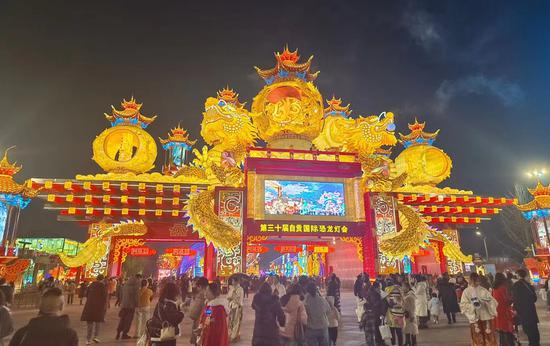

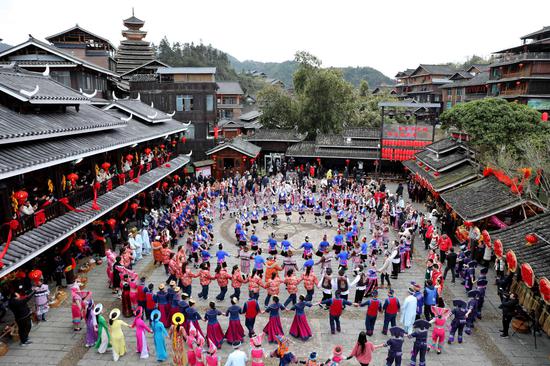




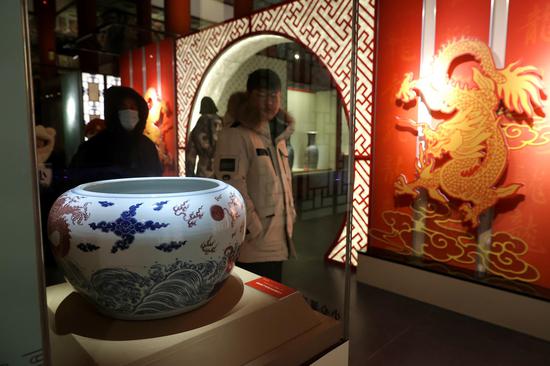


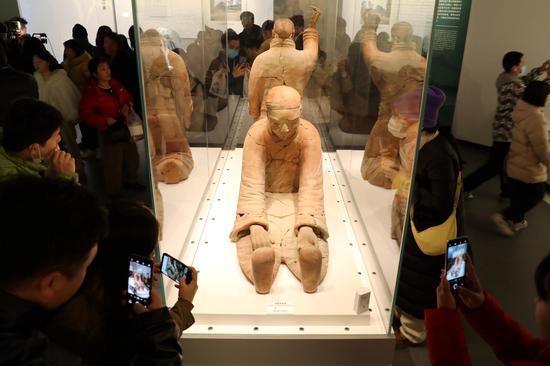


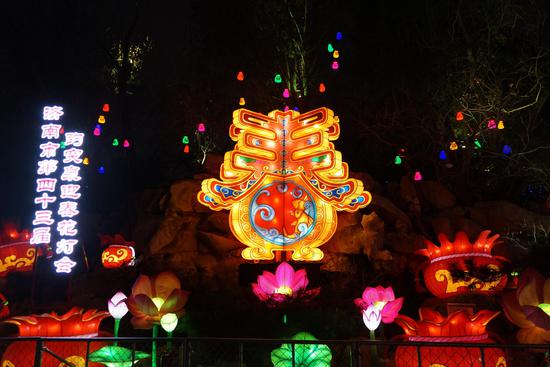
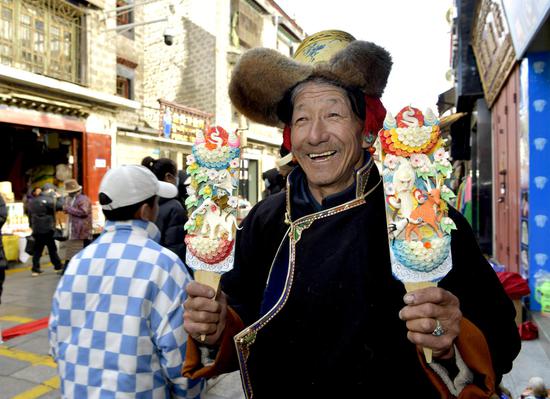
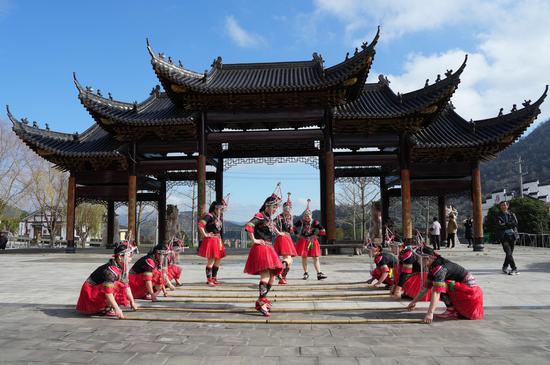
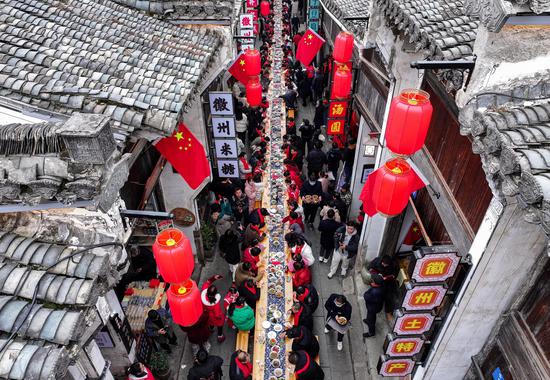



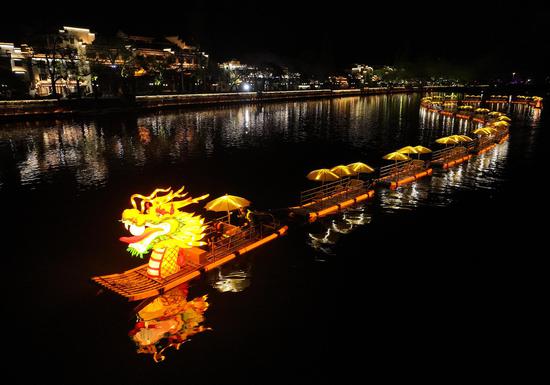
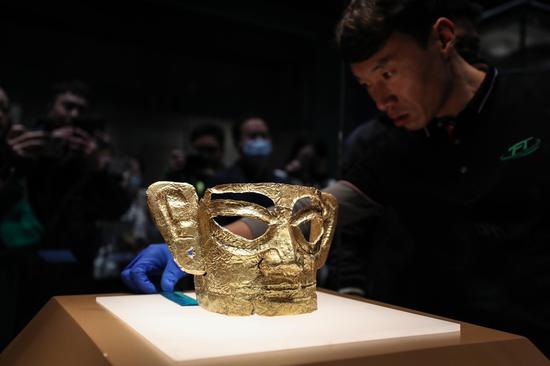
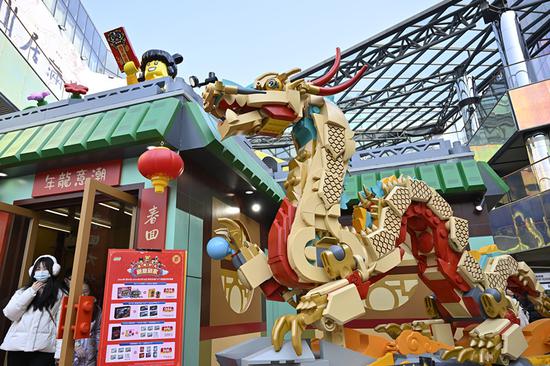



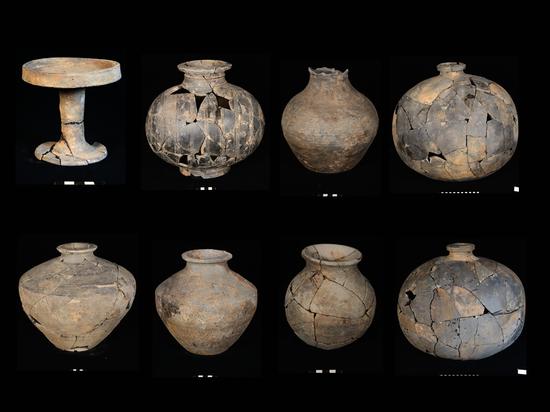

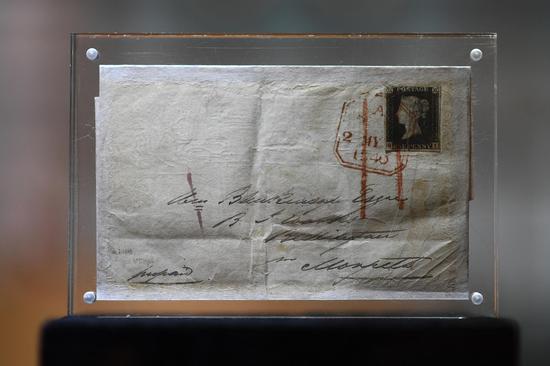
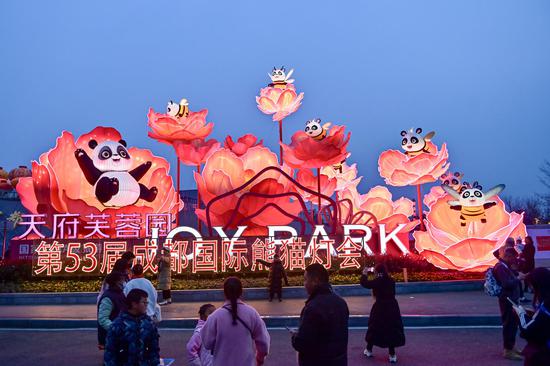



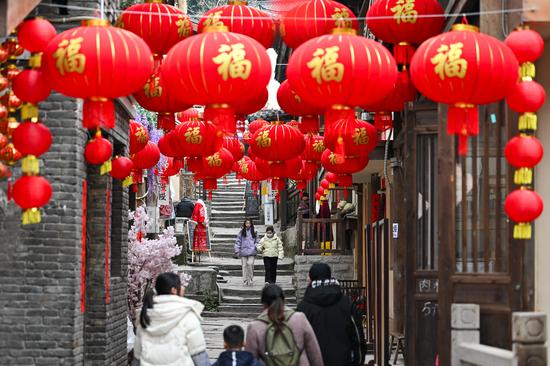







 京公网安备 11010202009201号
京公网安备 11010202009201号